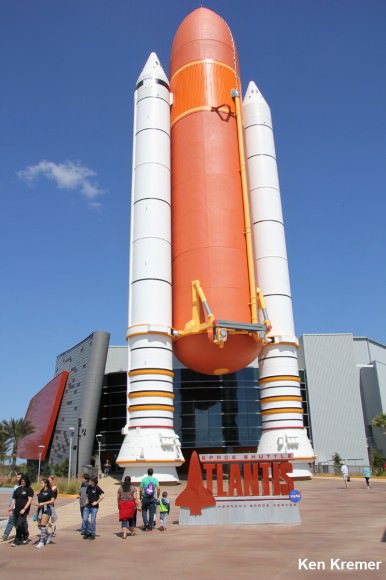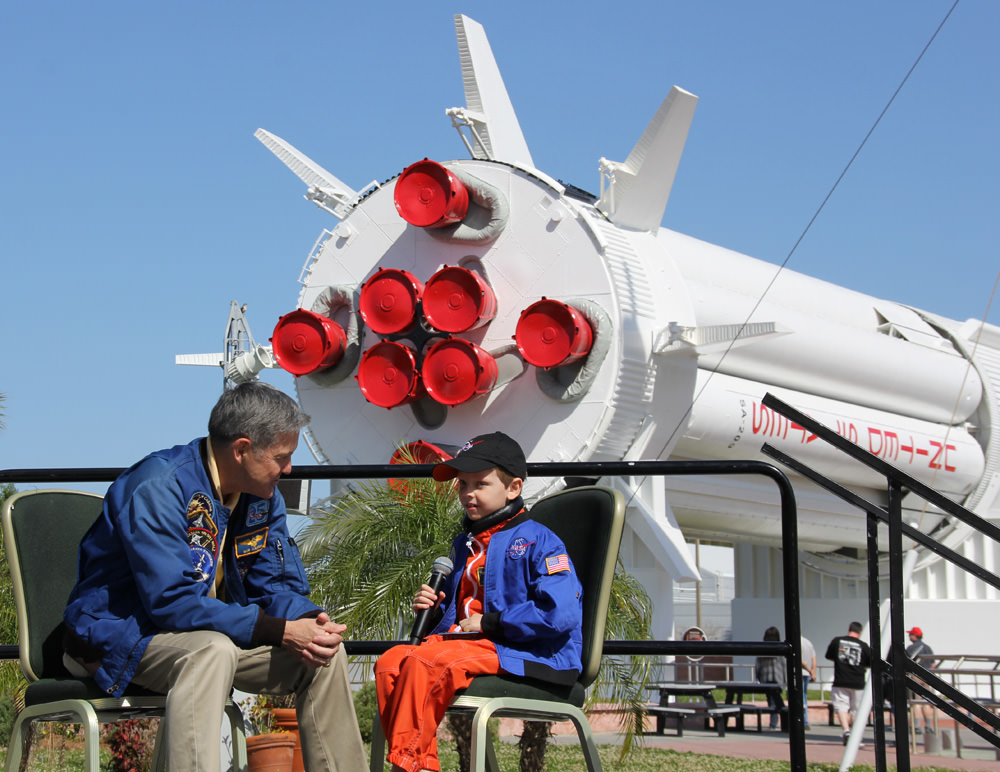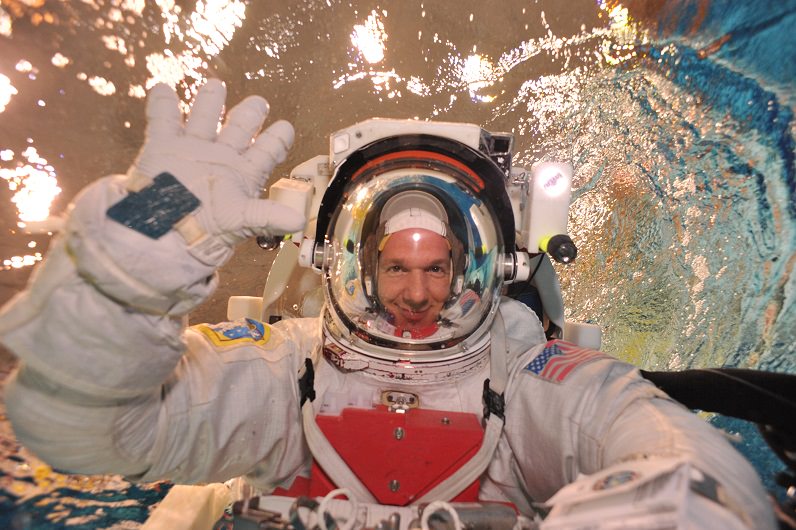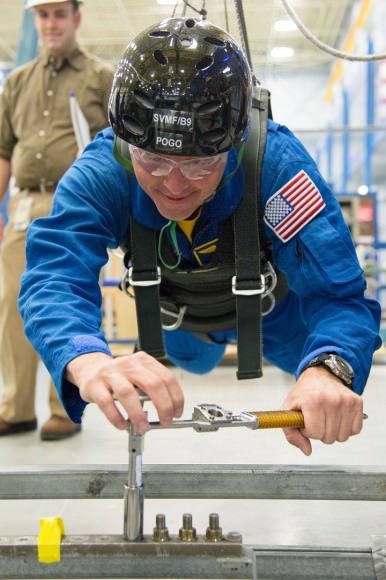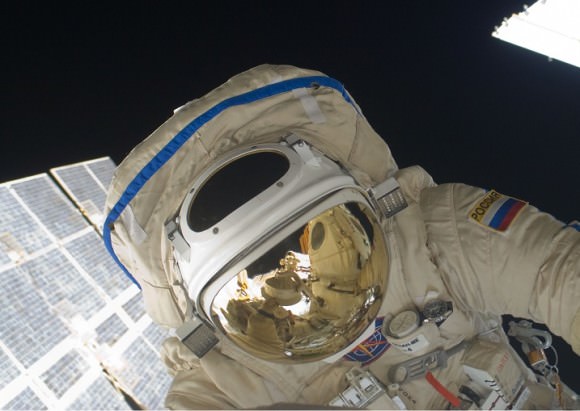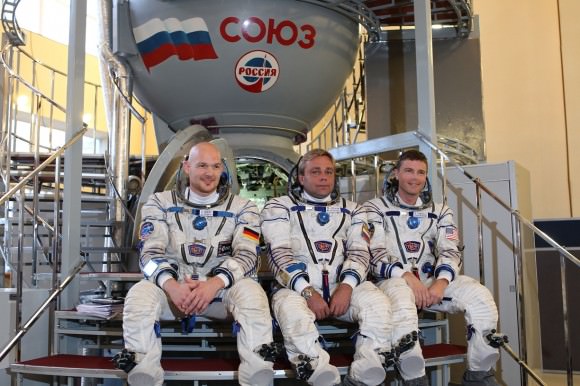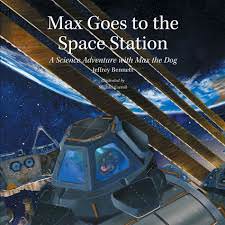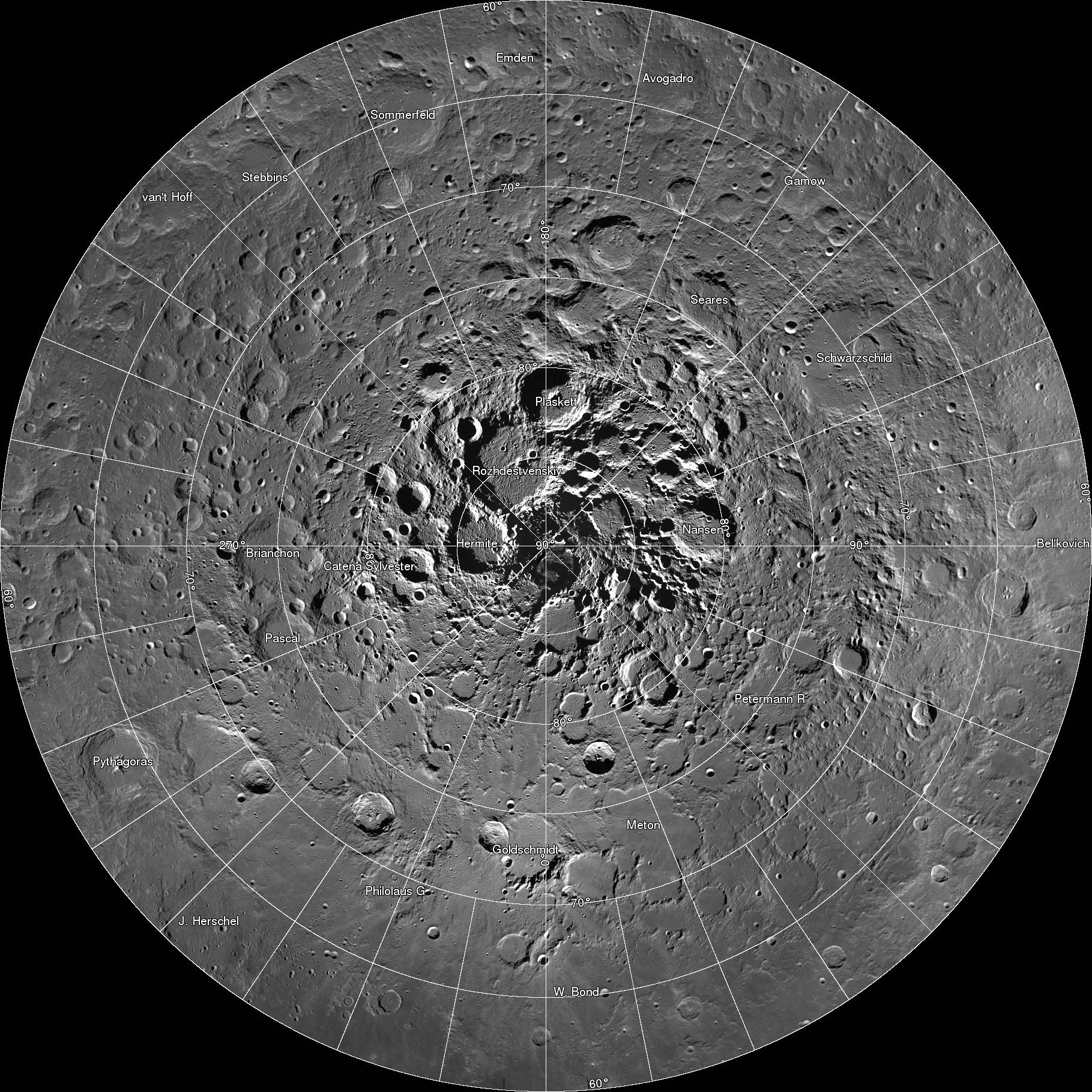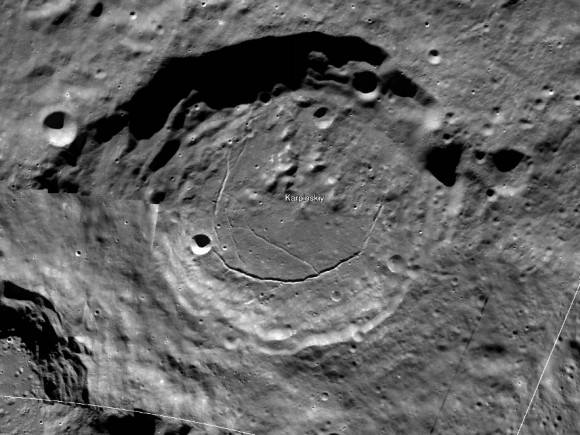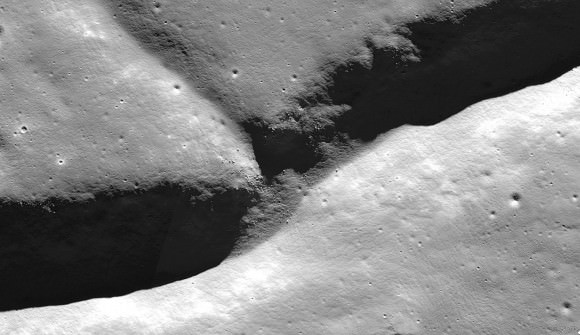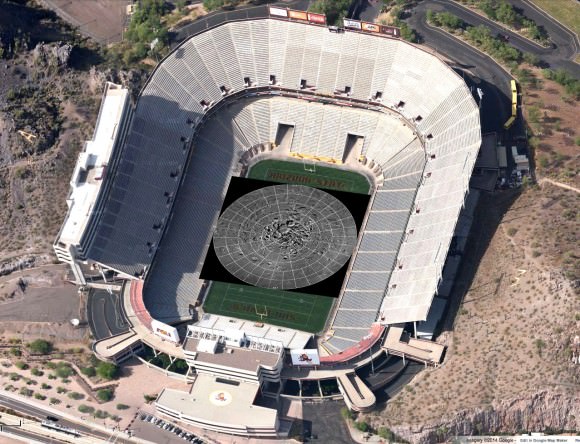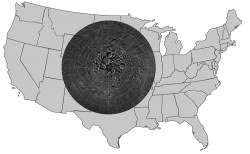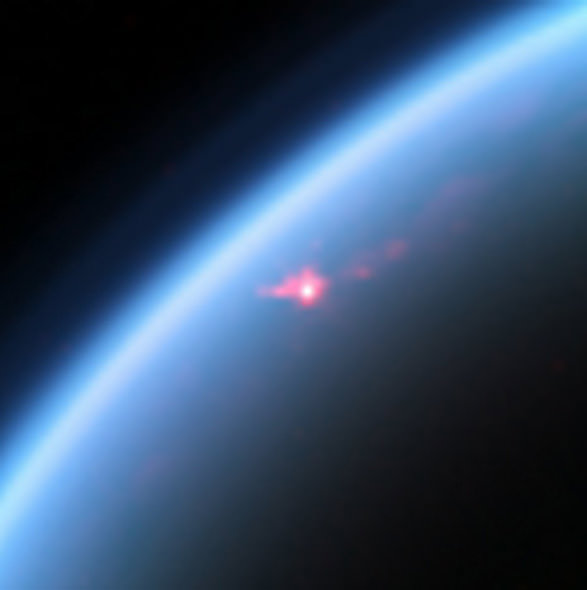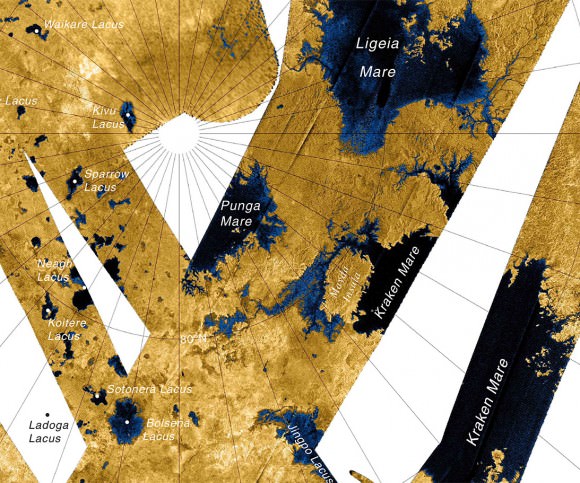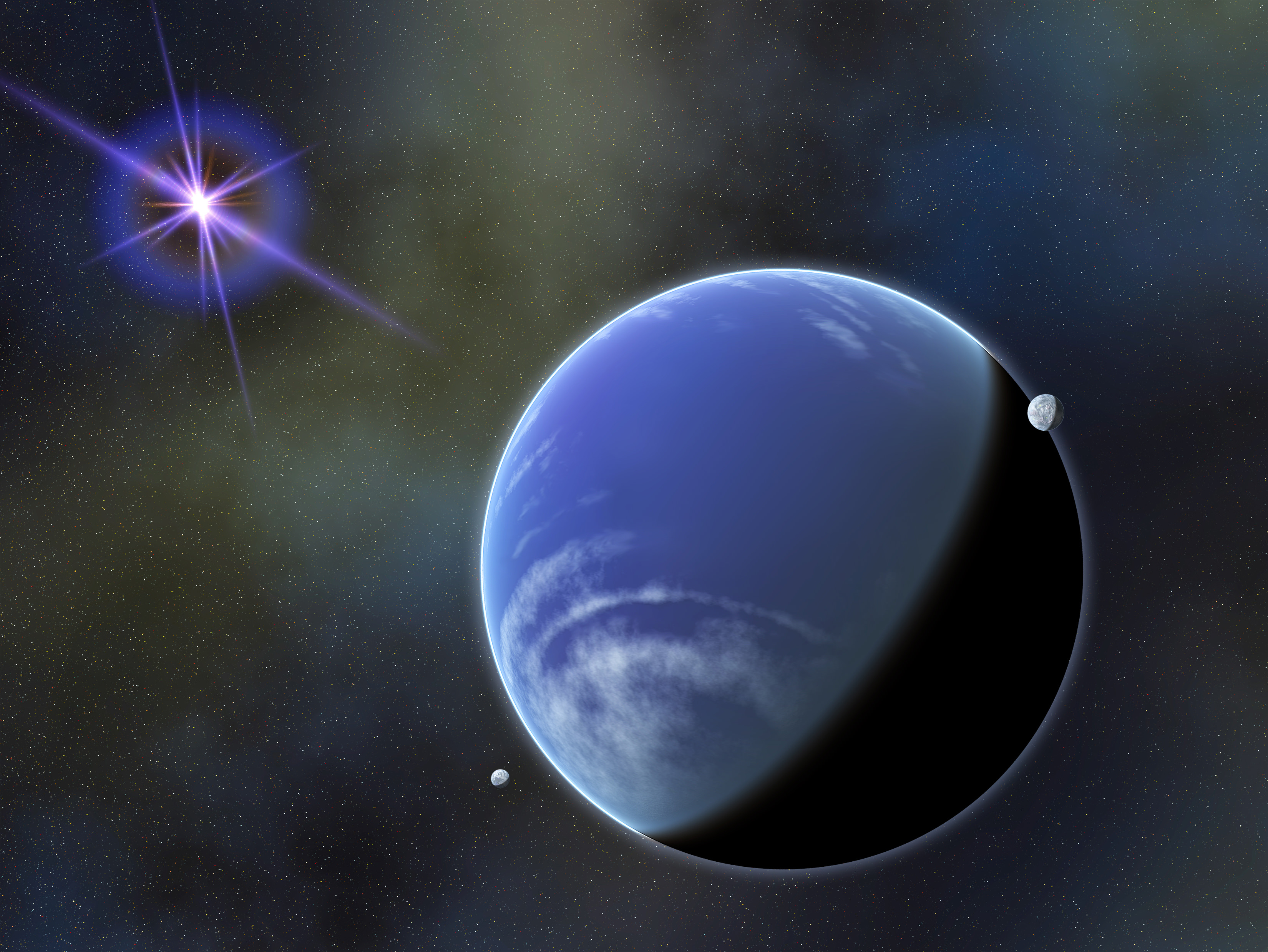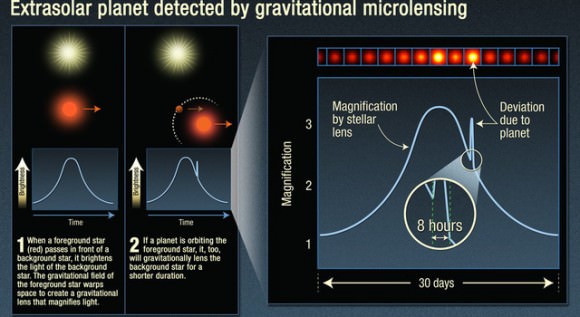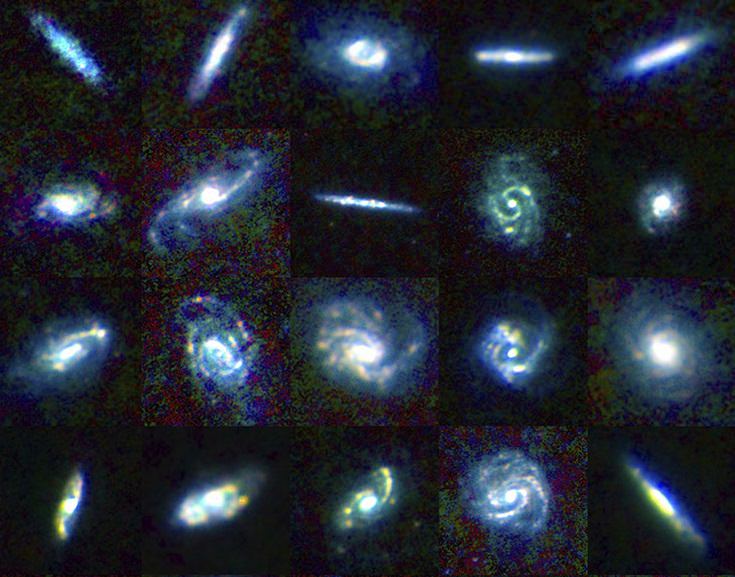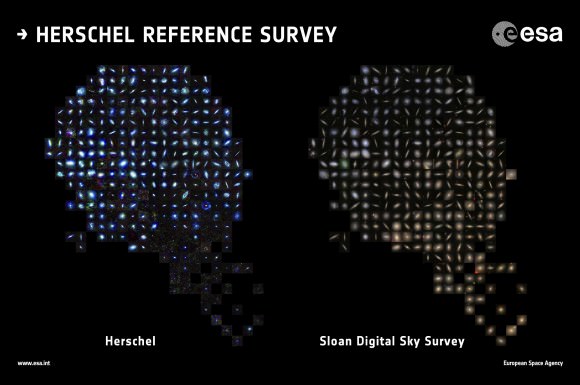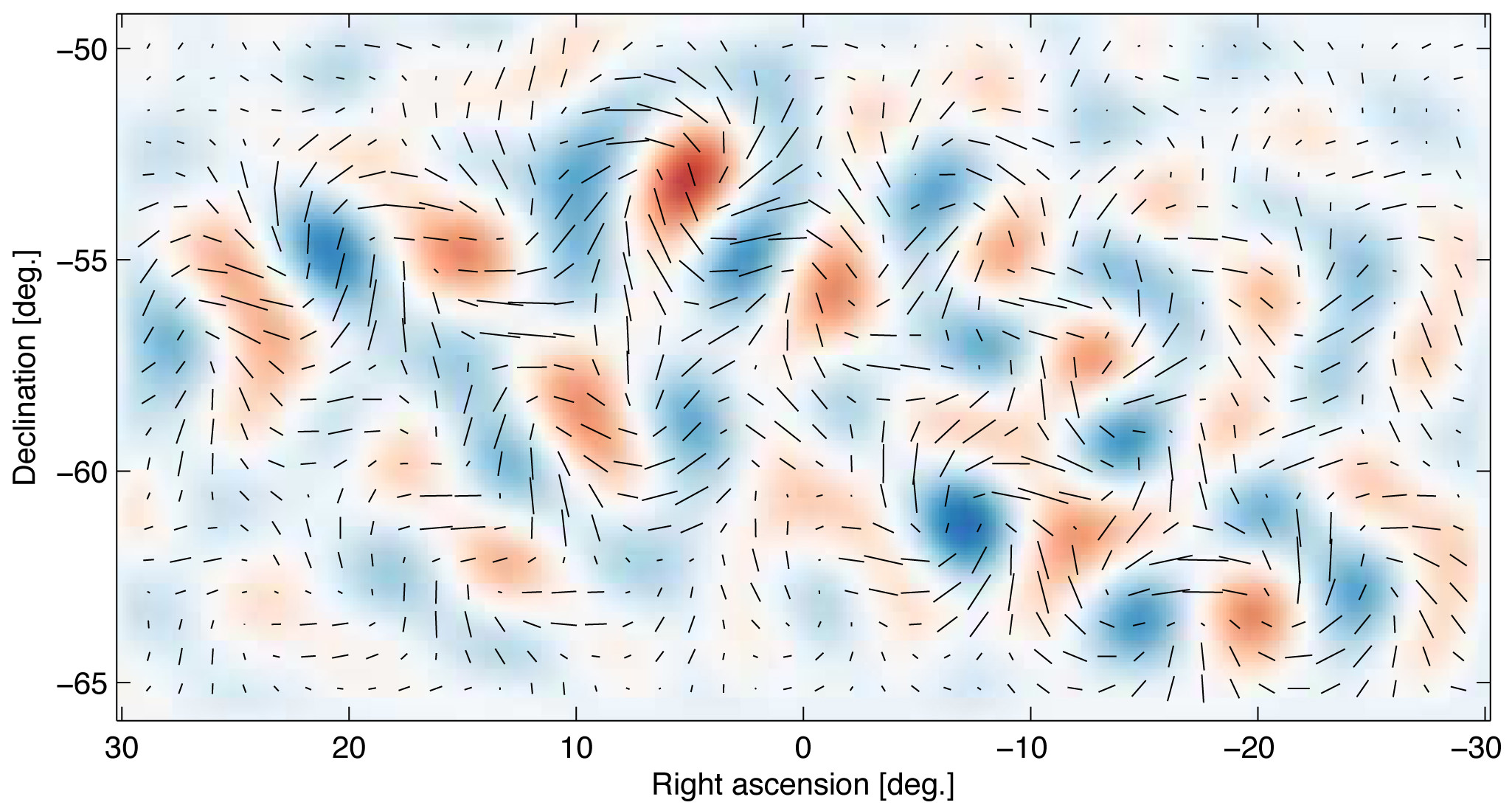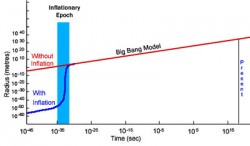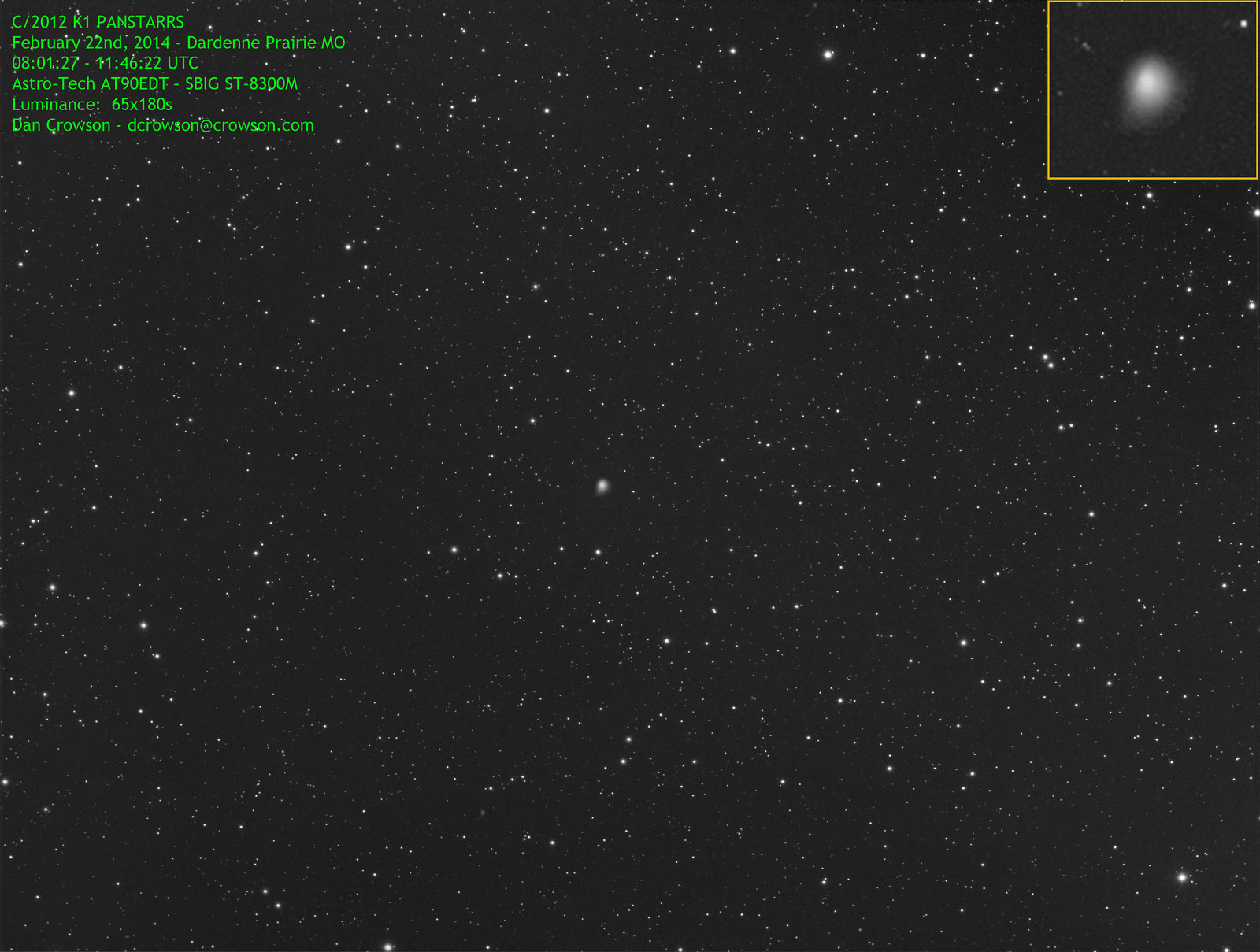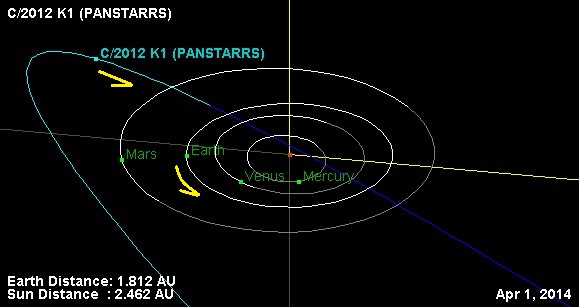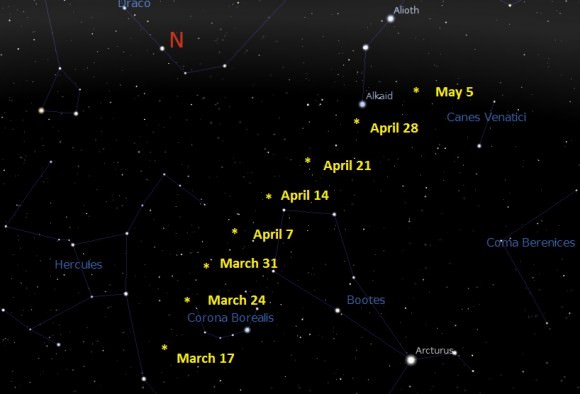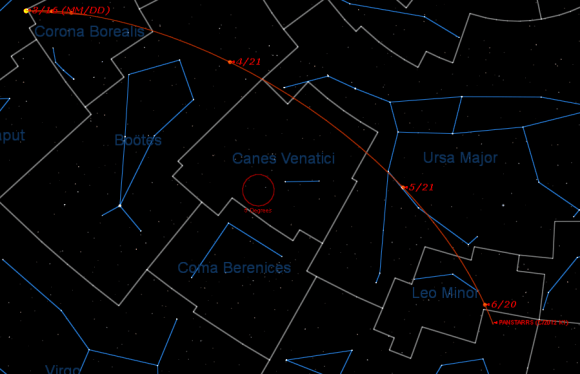KENNEDY SPACE CENTER VISITOR COMPLEX, FL- When 6-year-old Connor Johnson from Denver, Colo. heard that his youthful dreams of going to Mars and ‘Reaching for the Stars’ were in danger due to funding cuts to NASA’s budget, he decided to do something about it.
So, with the encouragement of his parents, Connor started an online petition drive on the White House website in December 2013 to help save NASA’s budget and fulfill his dreams.
Connor’s petition drive efforts were noticed by a Denver TV station that broadcast a report on the young lads work that spurred his efforts.
Over 22,000 folks have already signed Connor’s petition.
That’s when the Kennedy Space Center Visitor Complex noticed his zeal in communicating the excitement and benefits of science and space voyages.
The KSC Visitor Complex invited Connor and to visit as a guest of honor with his family and to participate in the first ever ‘Robot Rocket Rally’ held this past weekend from March 14 to 16.
At a special ‘guest of honor’ ceremony held on Saturday, NASA recognized Connor’s unique contributions to space exploration with a public meeting at the Visitor Complex with Kennedy Space Center Director and space shuttle commander Bob Cabana.
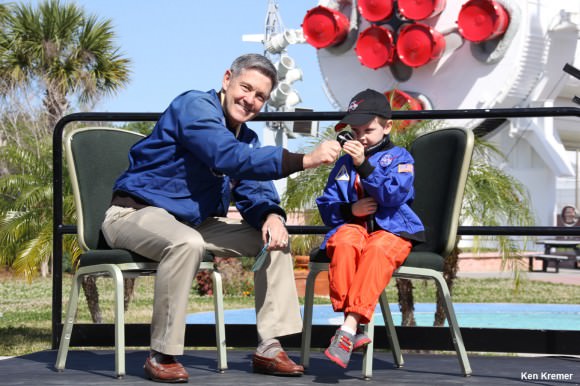
Cabana, who flew four shuttle missions, gave Connor several mementos, including a mission patch and an actual bolt from the International Space Station, as a token of appreciation from the agency.
“I think it’s great for Connor to be so interested in the future of NASA,” Kennedy Center Director Bob Cabana said.
“It shows great initiative on his part to do what he’s done.”
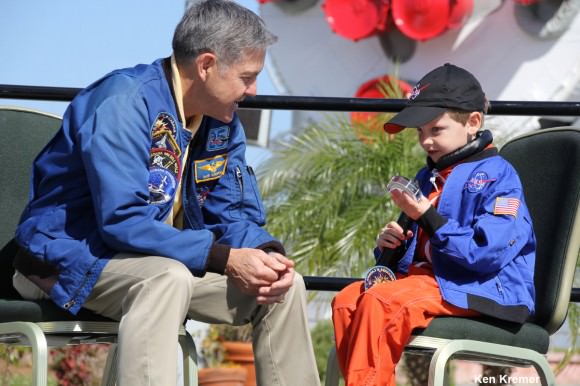
Credit: Ken Kremer – kenkremer.com
“Ultimately, the budget supports what we want to do with continuing International Space Station research and technology which will feed into SLS and Orion, leading to the asteroid initiative and on to Mars.”
“And it will dictate how we work with commercial partners to launch our astronauts from U.S. soil,” Cabana explained.
Millions of kids of all ages worldwide have been inspired by NASA for generations to pursue their dreams of science research and exploring space.
After the ceremony with Bob Cabana, the media including myself met with Connor.
I asked Connor when he became interested in space and where did he want to journey.
“I’ve been interested in NASA and space since I was three years old.”
“I want to be an astronaut and go to Mars!” Connor told Universe Today.
Since NASA currently plans to send the first manned mission to Mars in the 2030s, Connor is just about the right age.
Connor Johnson clearly exhibits the ‘Right Stuff.’
So much so that Apollo 17 Astronaut and Moon walker Eugene Cernan also spoke with Connor upon hearing of his work to save NASA’s funding.
What did Cernan say to Connor?
“Dream the unimaginable,” Moon walker Eugene Cernan said to 6-year old future Mars walker Connor Johnson.
During his visit to the Visitor Complex, Connor also visited with the Earth bound brother of NASA’s Robonaut 2 at the ‘Robot Rocket Rally’ and saw a demonstration of the robots new legs heading soon to the ISS on the SpaceX CRS-3 mission later this month. He and his younger brother also operated other robots at the festival.
Connor and his family spent the rest of the weekend touring the new Space Shuttle Atlantis pavillion, enjoyed Lunch With An Astronaut, featuring space shuttle astronaut Sam Durrance, and participated in the Astronaut Training Experience with space shuttle astronaut Mike McCulley.
What a thrilling way to begin a space career.
Way to go Connor!
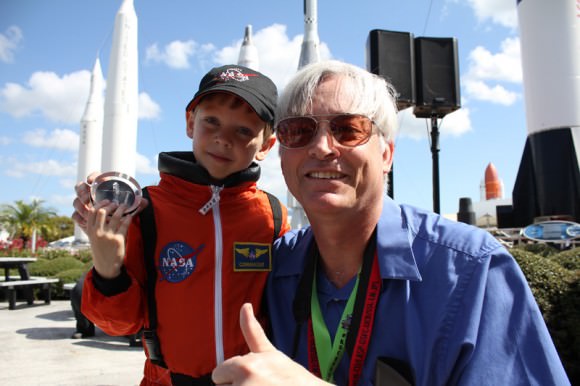
Stay tuned here for Ken’s continuing SpaceX, Orbital Sciences, commercial space, Orion, Chang’e-3, LADEE, Mars rover, MAVEN, MOM and more planetary and human spaceflight news.
Learn more at Ken’s upcoming presentations at the NEAF astro/space convention, NY on April 12/13 and at Washington Crossing State Park, NJ on April 6. Also evenings at the Quality Inn Kennedy Space Center, Titusville, FL, March 24/25 and March 29/30.
And watch for Ken’s SpaceX launch coverage at Cape Canaveral & the Kennedy Space Center press site.
